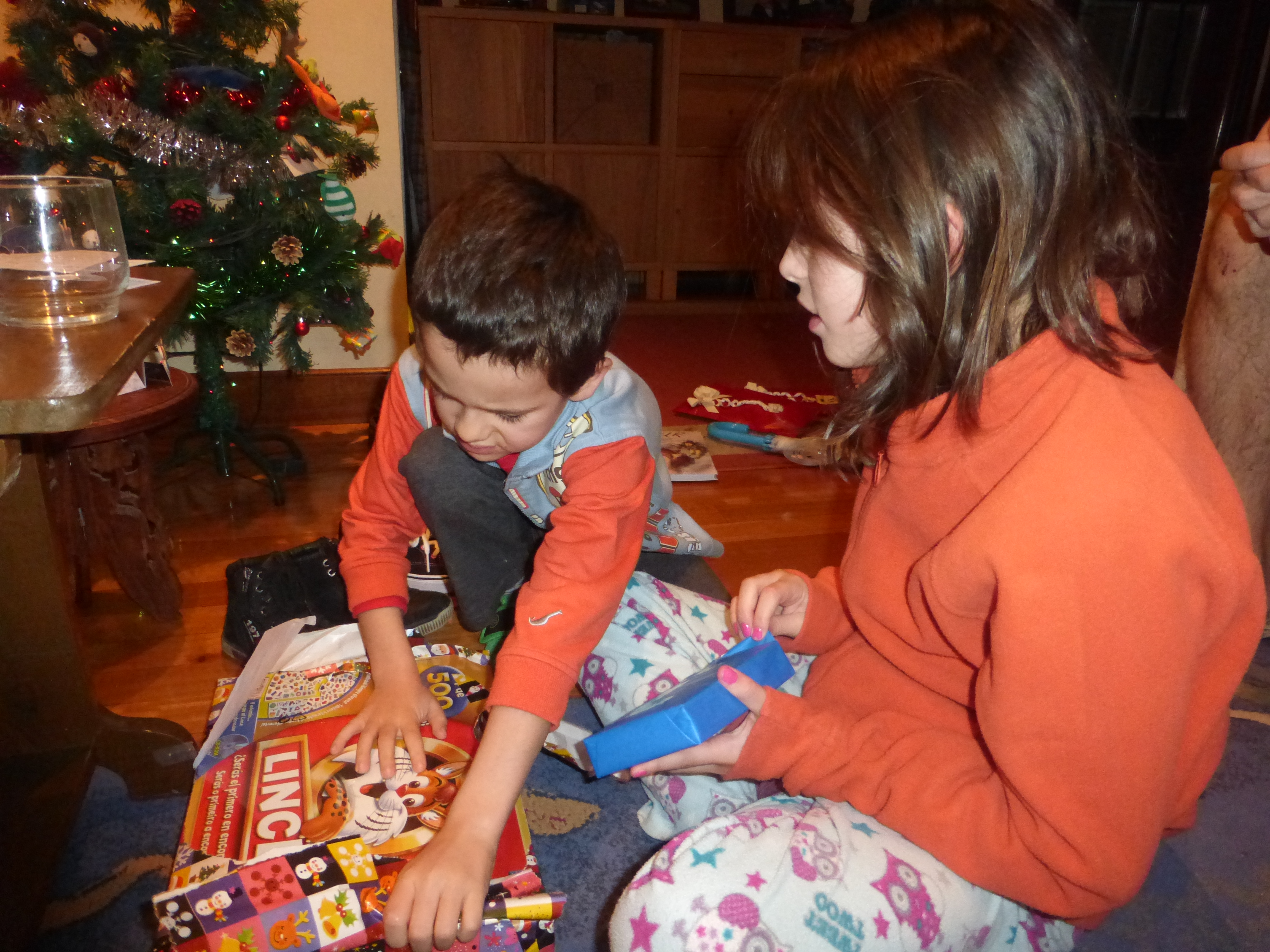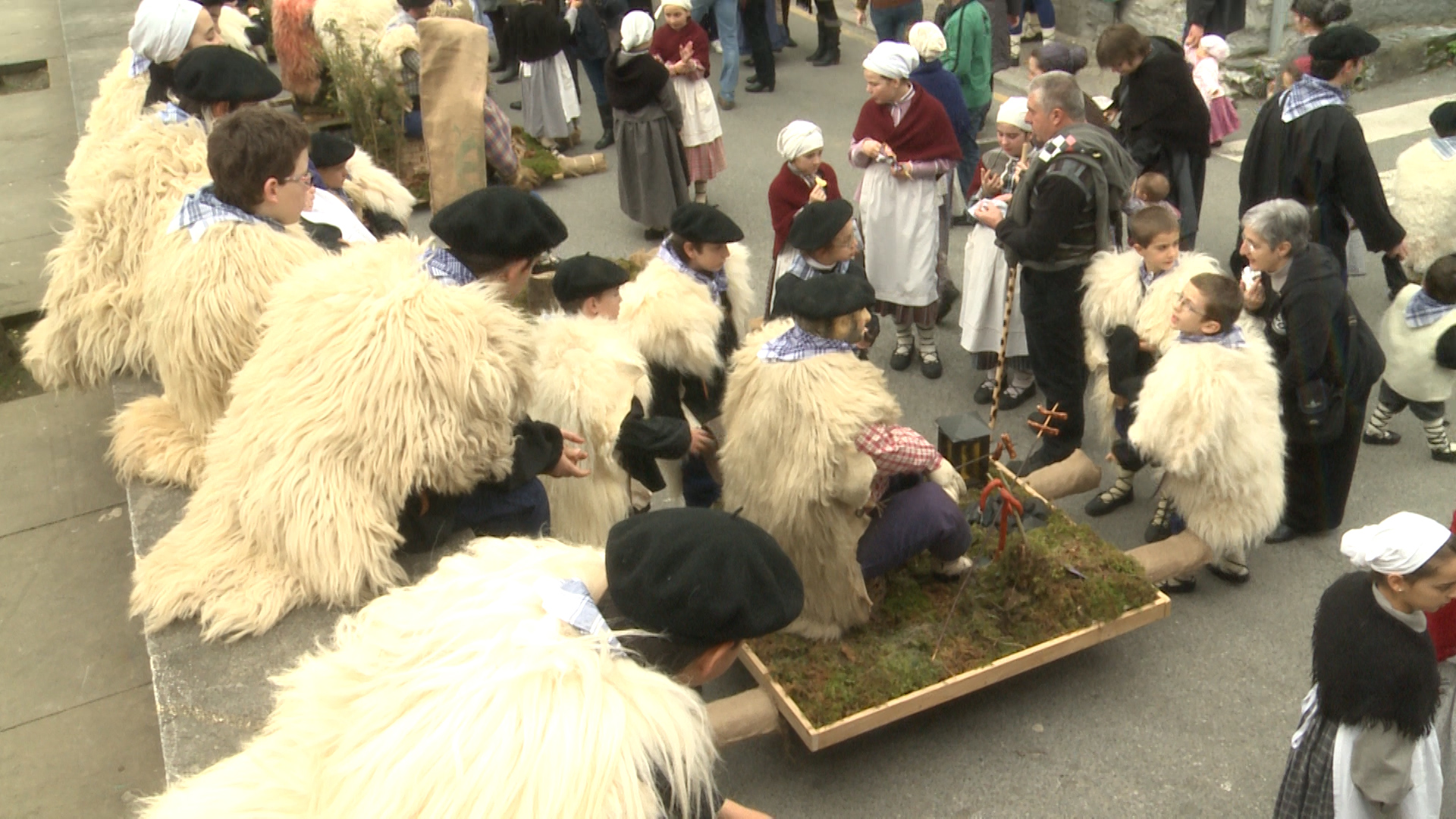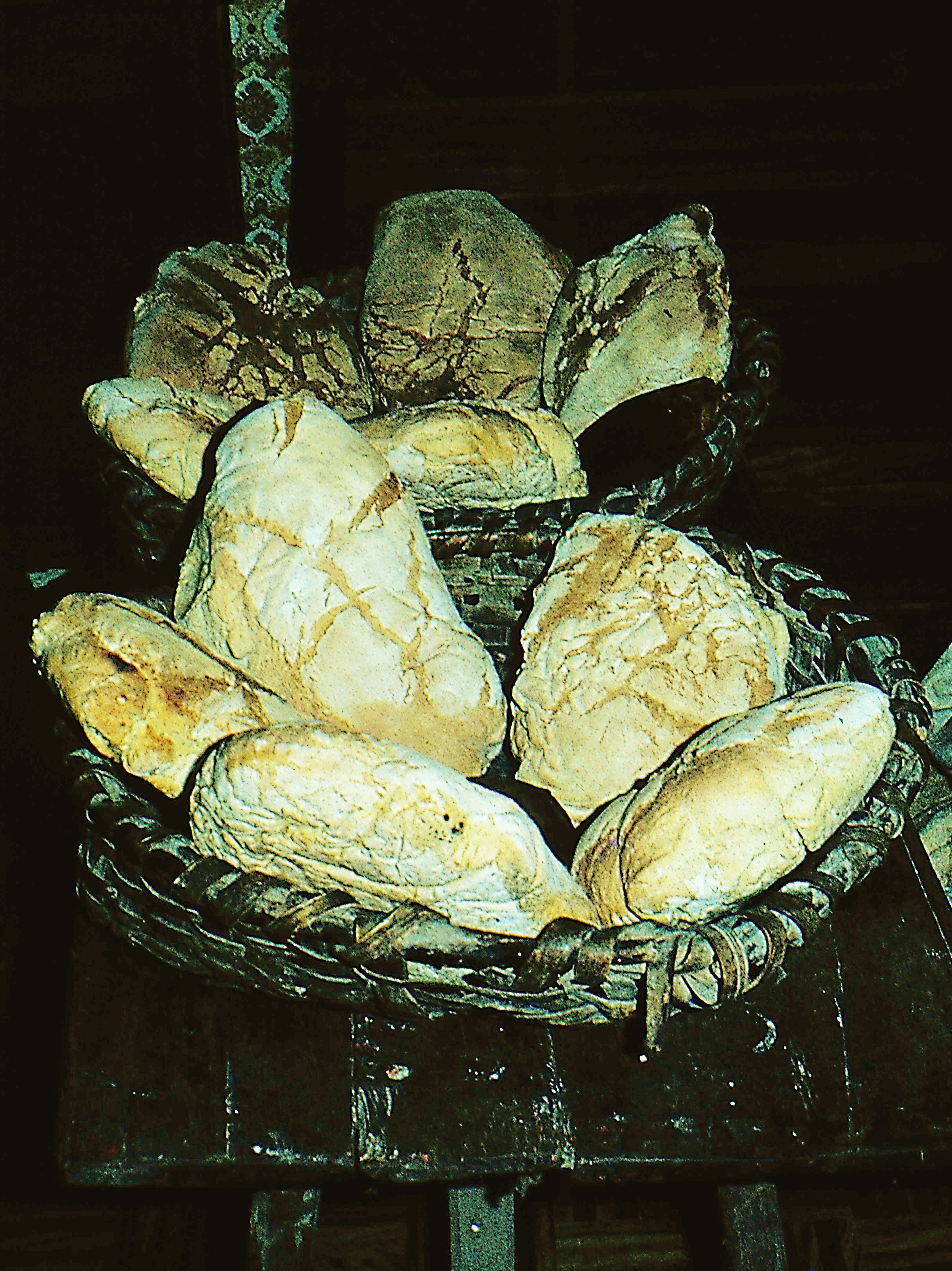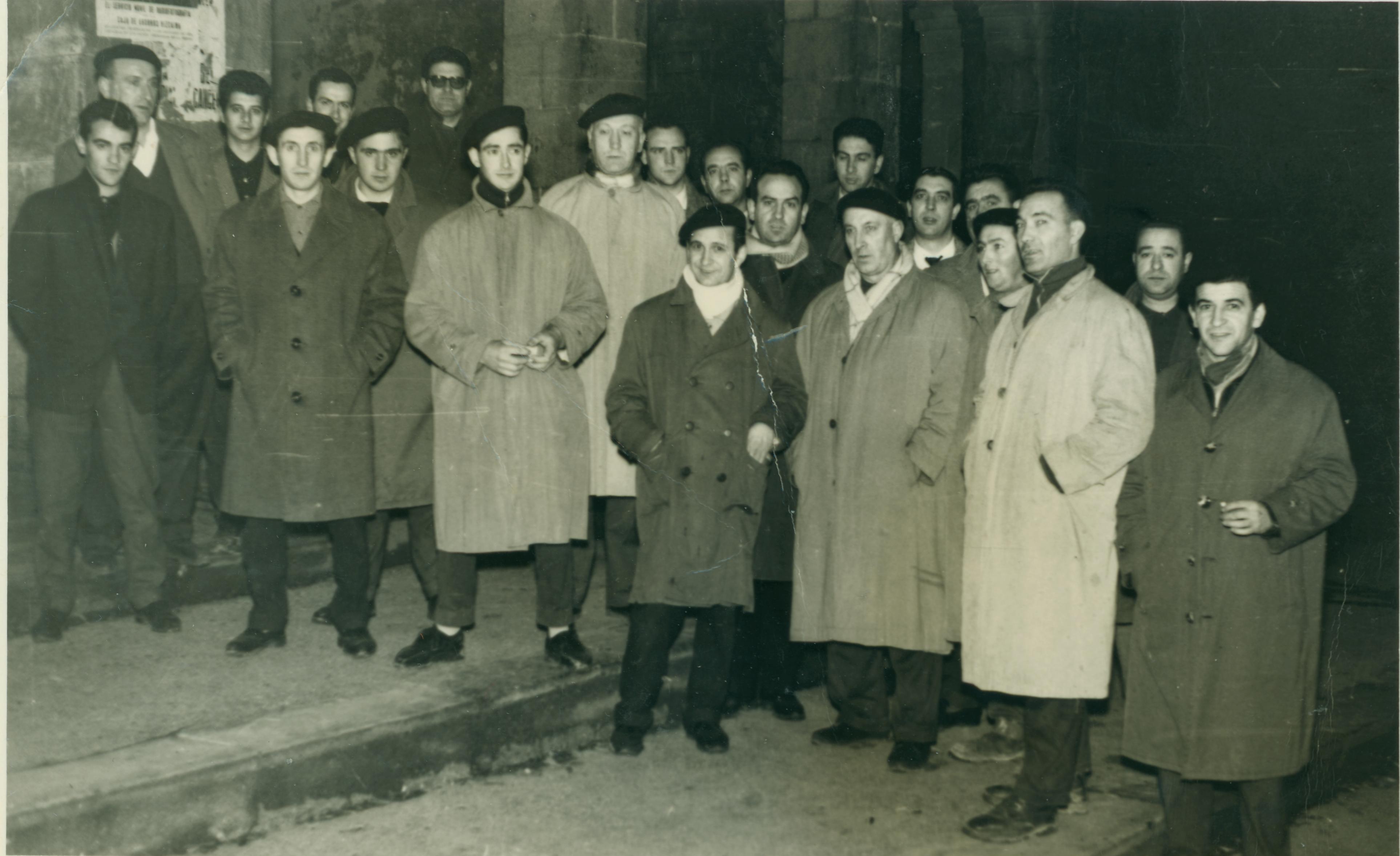Basque ethnography at a glance

Children opening their presents on Epiphany morning. Akaitze Kamiruaga. Labayru Fundazioa Photographic Archive.
The arrival of the Magi is celebrated on Epiphany, 6 January. The festivity is mostly enjoyed by the youngest members of the family. On the night before, it was customary to leave gifts at their bedside, which the little ones received with great joy as they awoke. (more…)
Olentzero is a traditional Christmas character in the Southern Basque Country. The charcoal burner dresses nowadays in traditional country attire and brings presents to children on the night of Christmas Eve. The relatively modern Olentzero tradition we know has spread over practically the whole of the Basque territory, including areas where the Basque language is not spoken. The ritual originated in Gipuzkoa, in the environs of Zarautz, and reached the mountains of Navarre. In the area of Lesaka the legend is deeply rooted, and the locals have from time immemorial celebrated Olentzero’s way down the mountains where he makes charcoal. (more…)
The breaking of the Christmas bread, with its rituals and beliefs, is a widespread custom in many countries of Europe, including France (pain de Noël) and Poland (opłatek). This bread, believed to have healing and calming powers, is called ogi salutadorea in Basque, which translates as “health-giving bread”. (more…)
The house-visiting wassail practice is a Christmas tradition that still prevails in various localities throughout Bizkaia. Groups of children, youth or adults, sing songs to celebrate the birth of our Lord as their tour the streets and neighbourhoods and, in some cases, ask for alms. Let us describe the Marijesiak celebrations in Gernika-Lumo. The term Marijesiak (a blend of the names Maria –Mary– and Jesus) refers to the old popular stanzas as well as the singers who parade. (more…)




